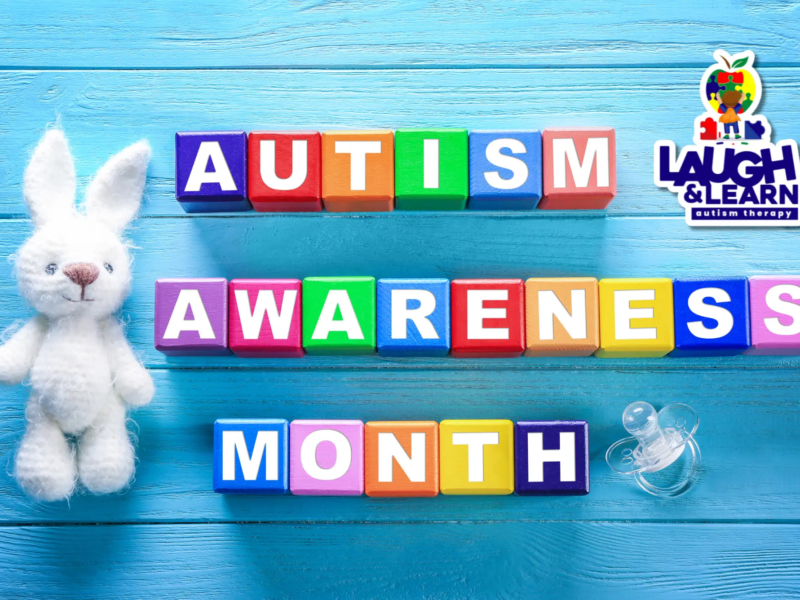Person-First Language in Autism: Shaping Respectful Narratives
Introduction:
Language is a powerful tool that shapes perceptions and attitudes, especially in contexts involving diverse communities. Person-first language stands as a key principle that aims to honor the individuality and humanity of people on the autism spectrum.
Understanding Person-First Language:
Person-first language prioritizes the individual over their condition or diagnosis. It emphasizes the personhood of an individual before their disability or difference, recognizing their inherent value, identity, and capabilities. In the context of autism, using person-first language means referring to individuals as “people with autism” rather than defining them solely by their condition, such as “autistic people.”
The Importance of Person-First Language in Autism:
- Respect and Dignity: Person-first language emphasizes respect for the individual by acknowledging them as a person first, not defined solely by their diagnosis. It promotes dignity and affirms the uniqueness of each individual on the autism spectrum.
- Empowerment and Self-Advocacy: By using person-first language, individuals are empowered to assert their identity beyond their diagnosis. It encourages self-advocacy and helps in shaping a positive self-image.
- Reducing Stigma and Stereotypes: Person-first language helps in dispelling myths, stereotypes, and stigma associated with autism. It promotes the understanding that autism is just one aspect of a person’s identity and does not define their entirety.
- Promoting Inclusivity and Acceptance: Adopting a person-first language fosters an inclusive environment that embraces diversity. It encourages acceptance and appreciation of individuals for who they are beyond their diagnosis.
Tips for Using Person-First Language in Discussions about Autism:
- Focus on the Individual: Refer to “individuals with autism” or “people on the autism spectrum” instead of labeling someone as “autistic.”
- Avoid Defining Solely by Diagnosis: Emphasize the personhood of individuals by putting the person before the condition or diagnosis.
- Listen and Learn: Respectful language evolves, and it’s essential to listen to the preferences of individuals and communities. Some individuals might prefer identity-first language (“autistic person”), so honoring their preference is crucial.
Conclusion:
Person-first language in discussions about autism promotes a culture of respect, acceptance, and inclusivity. It’s a powerful tool in recognizing the humanity, individuality, and strengths of individuals on the autism spectrum. By adopting person-first language, we affirm that every person has value beyond their diagnosis and deserves to be seen and respected for who they are.
For further readsing on the importance of using person-first language check out this article from Autism Parenting Magazine.



